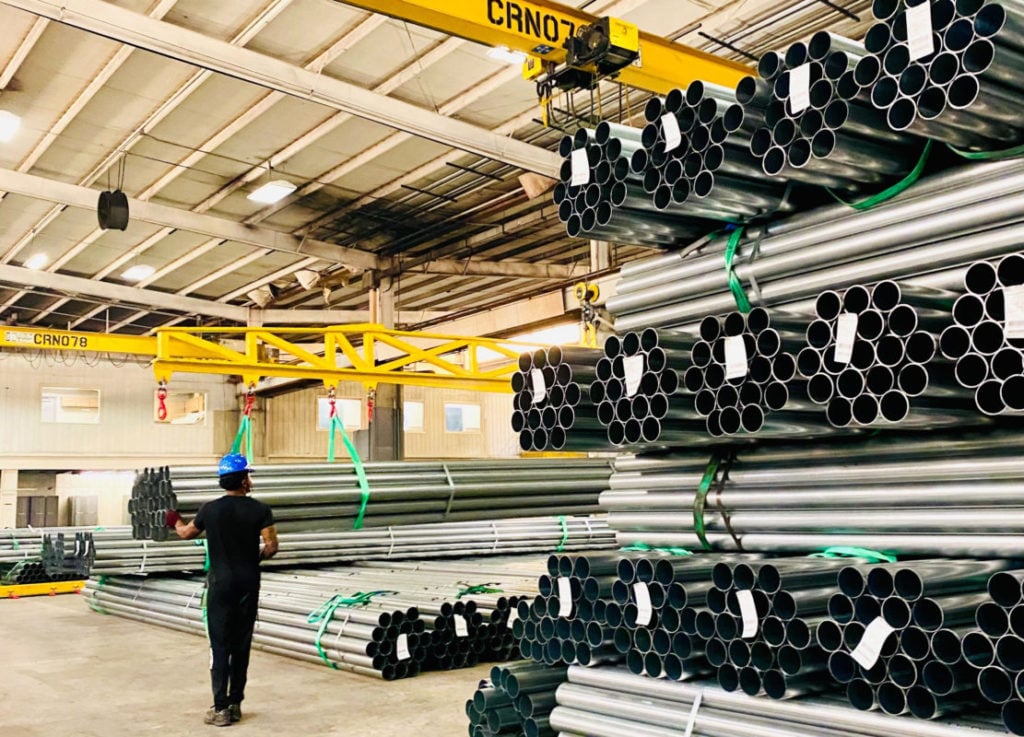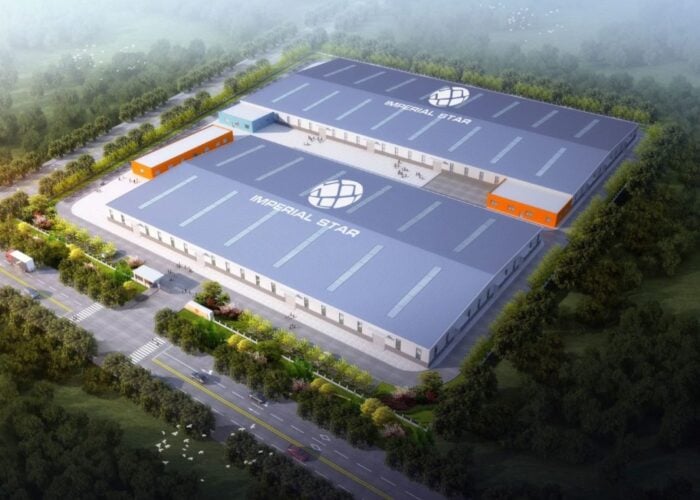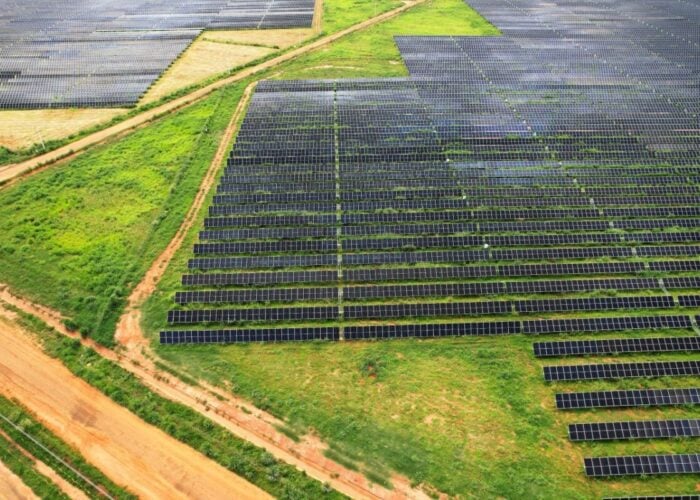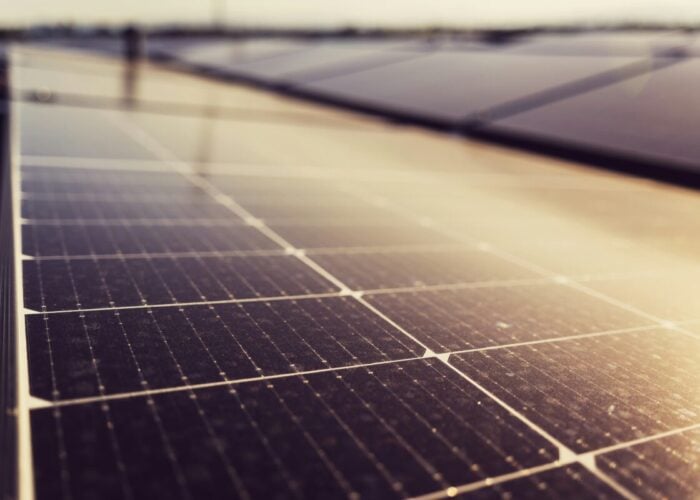
US president Donald Trump has introduced a flat 25% tariff on all steel and aluminium imports to the US in a move which aims to increase the “national security of the United States”.
The rule increases the previous 10% tariff and will remove exemptions for countries or specific products when it comes into effect in March.
Try Premium for just $1
- Full premium access for the first month at only $1
- Converts to an annual rate after 30 days unless cancelled
- Cancel anytime during the trial period
Premium Benefits
- Expert industry analysis and interviews
- Digital access to PV Tech Power journal
- Exclusive event discounts
Or get the full Premium subscription right away
Or continue reading this article for free
The US currently gets the bulk of its steel and aluminium imports from Canada and Mexico. On average, roughly 2 million metric tonnes of steel and 0.45 million metric tonnes of aluminium entered the US every month over the last year.
Of that average monthly figure, 0.7 million tonnes of steel and 0.25 million tonnes of aluminium came from Mexico and Canada, according to the US International Trade Administration (the figures do not break it down by individual country).
The US also receives significant amounts of steel imports from European Union countries.
In his steel tariff proclamation, Trump said the US Secretary of Commerce “advised me of his opinion that steel articles are being imported into the US in such quantities and under such circumstances as to threaten to impair the national security of the US.”
These measures could further enflame US trade relations with its closest neighbours after the president’s announcement of tariffs on Mexico and Canada was postponed following discussions between the countries’ leaders.
The US solar industry uses steel for solar tracker and racking manufacturing and a number of US companies have established supply deals with US steel producers. Tracker manufacturer Nextracker, in particular, has established US manufacturing bases in partnership with steel producers, which could potentially insulate it from future price changes.
Aluminium is the primary material used for solar module frames. US annual nameplate module production capacity has reached 50GW, according to data from trade association the Solar Energy Industries Association (SEIA) released last week. With some exceptions, like steel module frame producer Origami Solar, the majority of these modules use aluminium frames.
As with many of Donald Trump’s early policy changes, the long-term impact of these tariffs on the solar industry and on the US more broadly remains to be seen.
The PV manufacturing industry downplayed the impacts of Trump’s initial tariffs on Mexico, Canada and China (premium access) though there were some warnings of procurement challenges ahead.
Since the metal tariff announcement, Reuters has reported that US steel producers’ stock prices have risen and overseas peers’ stock has fallen.






